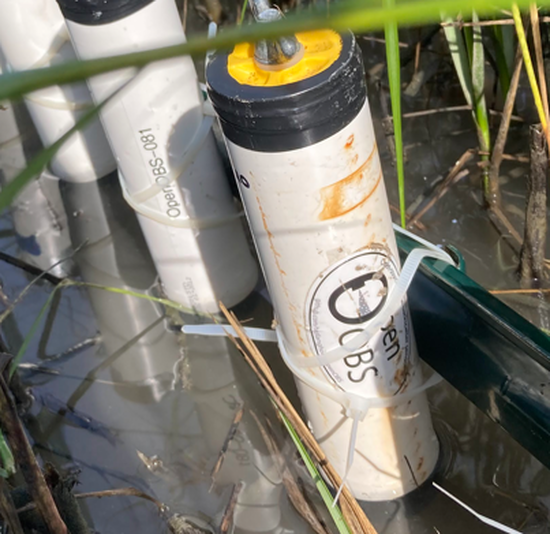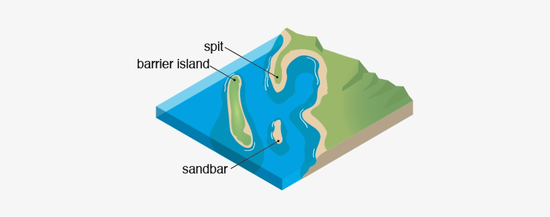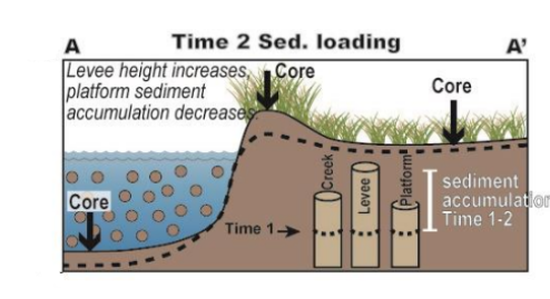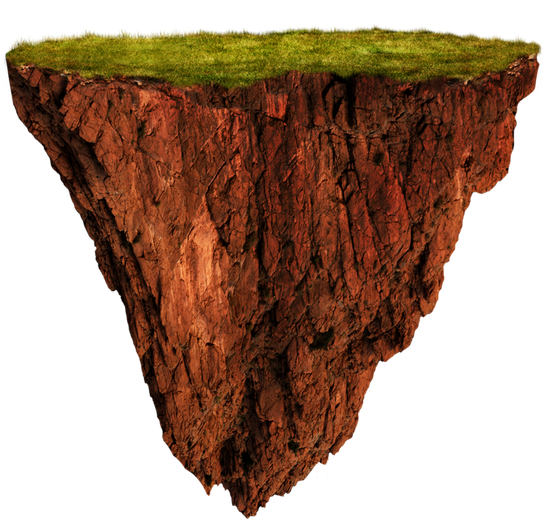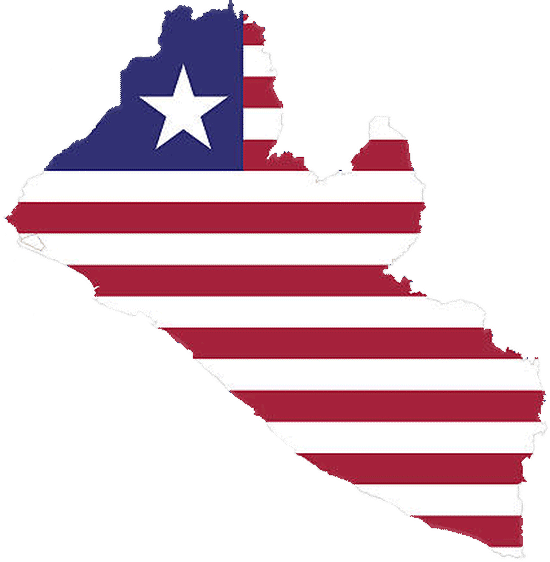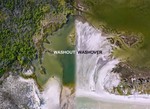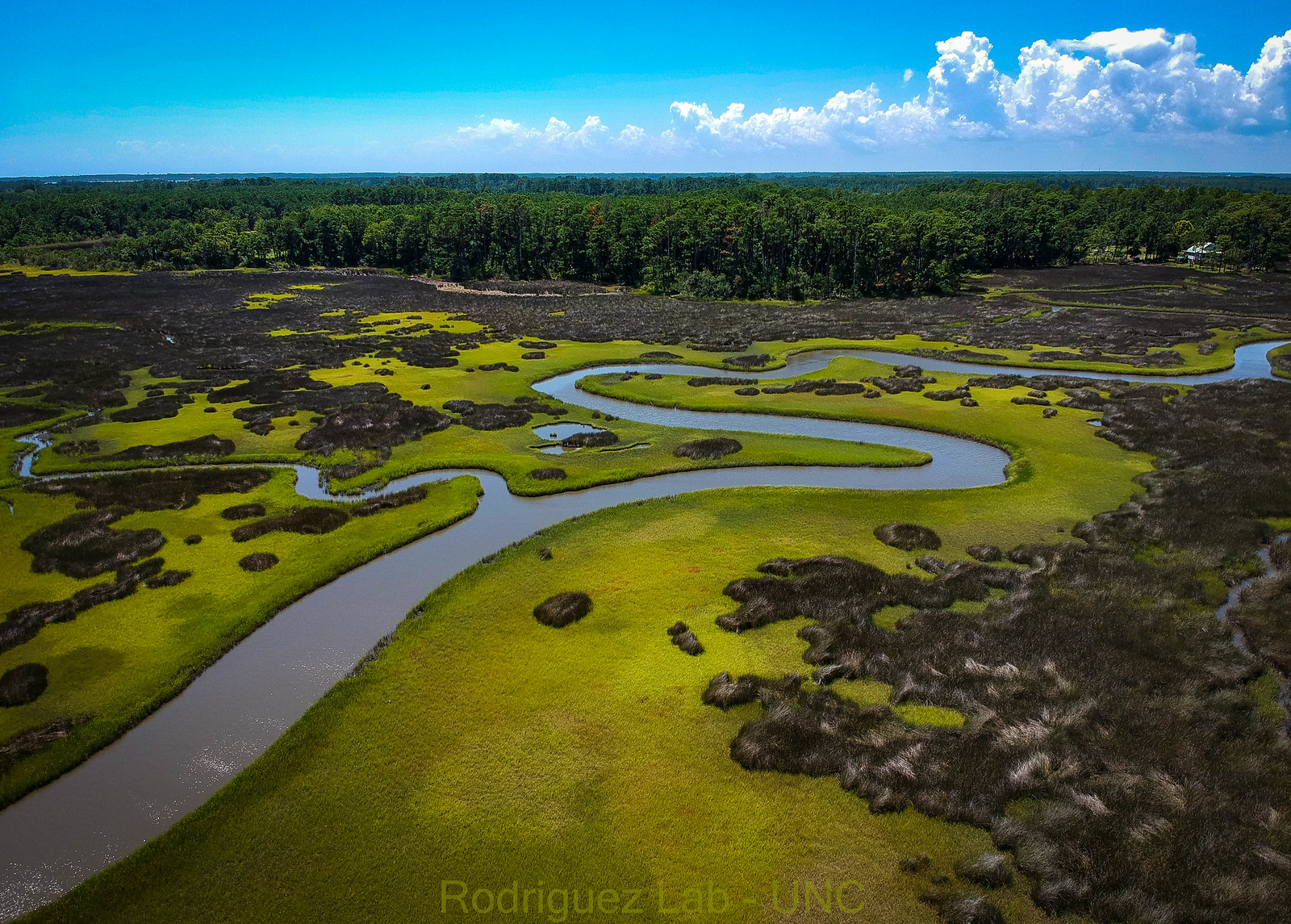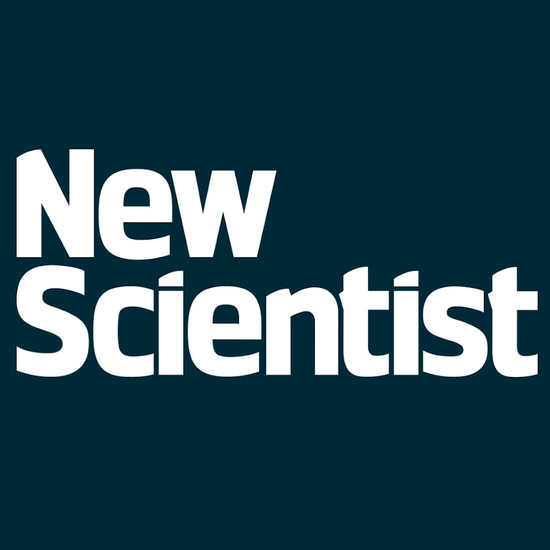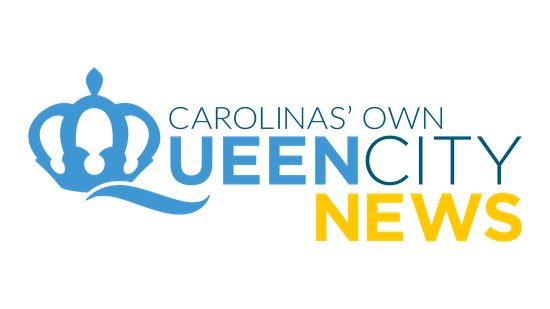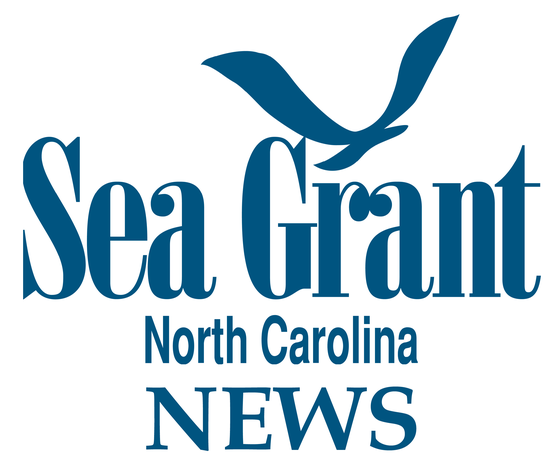PhD Student in the Rodriguez Coastal Geology Lab
UNC Chapel Hill Institute of Marine Science
About me
I am a PhD Student at the University of North Carolina at Chapel Hill in the Institute of Marine Sciences. My research interests lie in coastal sediments - their origins and fates. Marshes act as metronomes of sea-level rise, recording changes in inundation within their soils. By tracking the pace of North Carolina’s rapidly shifting wetlands through time and space, I aim to better explain feedbacks between topography and sedimentation. Which areas of our coast are naturally resilient to rising tides – and how can these areas inform preservation efforts?
Outside of this research, you might find me in the great outdoors, teaching hands-on science, cooking with others, or flying a drone.
Interests
- Landscape change in the Anthropocene
- Remote Sensing
- Scientific communication and education
Education
PhD Student, 2020-
UNC Chapel Hill
BSc in Geology and Environmental Sciences, 2018
The College of William and Mary
Summer Coursework in Entrepreneurship, 2015
Washington University in St. Louis
